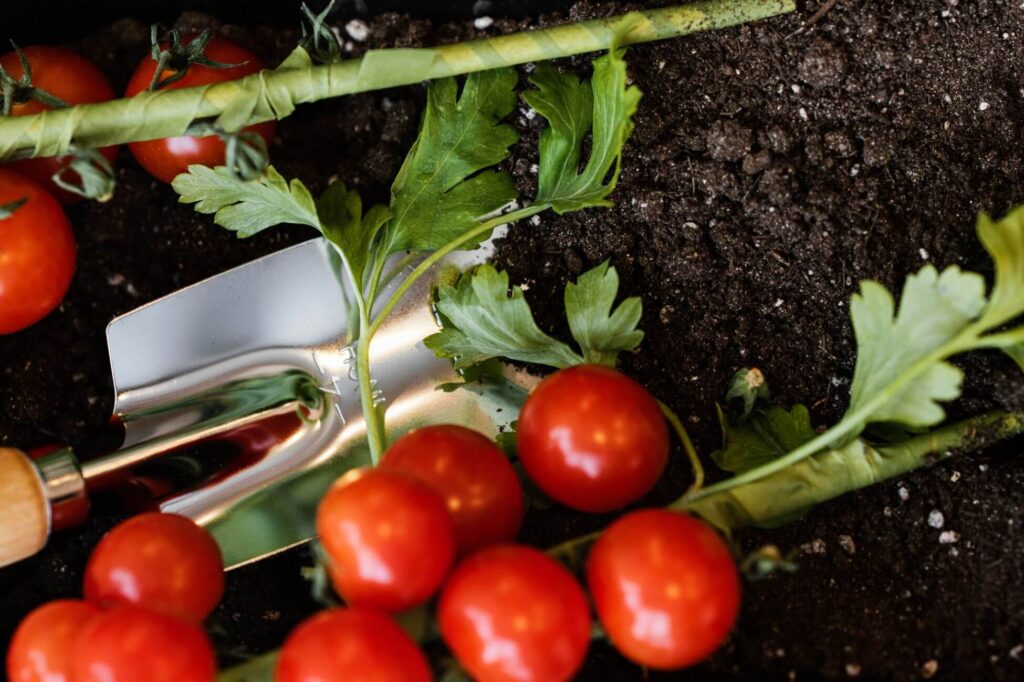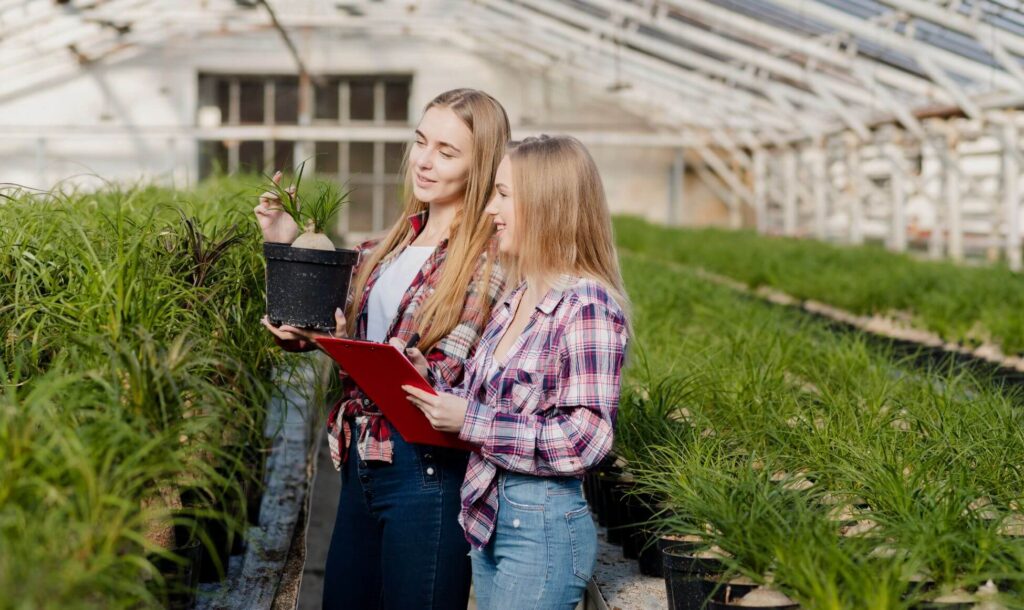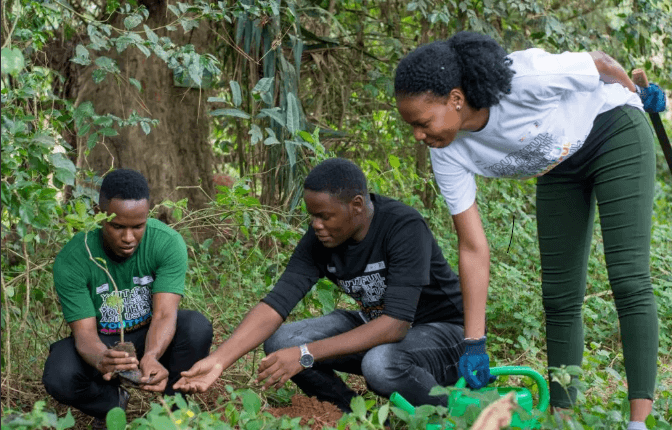Eco-Friendly and Innovative Planting Techniques for a Greener Future
As we step into 2025, the world of gardening and farming is experiencing a revolution. Environmental concerns, advancements in technology, and the growing need for food security are shaping how we approach planting.

www.freepik.com
Whether you’re a backyard gardener or a large-scale farmer, planting in 2025 requires sustainable practices and smart technology to meet the challenges of the future.
In this blog, we’ll explore the best methods for planting in 2025, focusing on eco-friendly techniques, innovations, and practical tips to help you succeed in creating a vibrant, healthy garden or farm.
1. Embrace Vertical Farming
Vertical farming is one of the most efficient ways to maximize space, especially in urban areas. By stacking plants vertically in controlled environments, you can grow more in less space, making this method ideal for 2025’s growing population and shrinking arable land.
Key Benefits:
- Space-saving: Allows you to grow in urban apartments or small plots.
- Water efficiency: Vertical farms often use hydroponic or aeroponic systems, significantly reducing water consumption.
- Climate control: Indoor setups protect plants from extreme weather, making it possible to grow year-round.
Pro Tip:
Invest in automated vertical farming kits that are becoming more accessible and affordable. These kits often come with built-in irrigation systems, LED grow lights, and smart sensors to monitor plant health.
2. Adopt Smart Farming Technology
In 2025, technology plays a crucial role in optimizing plant growth and reducing environmental impact.
Smart farming tools, driven by AI and IoT (Internet of Things), help monitor plant health, soil conditions, and water levels, making gardening more efficient and less labor-intensive.

www.freepik.com
Recommended Technologies:
- Soil Sensors: Monitor moisture, pH levels, and nutrient content in real time.
- Drones: Used for aerial monitoring of large farms, detecting plant stress and pests.
- AI-Based Apps: These can analyze weather patterns, soil data, and provide personalized planting schedules.
- Robotic Planters: Robots are now capable of planting seeds with precision, optimizing spacing and reducing waste.
Pro Tip:
Look for AI-powered gardening assistants or apps that provide real-time updates and suggestions. These can guide you through the best planting techniques based on your location’s climate and soil conditions.
3. Use Climate-Resilient Seeds
The unpredictability of weather in 2025, fueled by climate change, means that using traditional seeds might no longer be enough.
Many gardeners are turning to climate-resilient seeds that are genetically designed to withstand extreme temperatures, droughts, and pests.
Key Considerations:
- Drought-resistant seeds: These are essential if you live in areas prone to water shortages.
- Pest-resistant varieties: Opt for seeds that are naturally resistant to common pests, reducing the need for harmful pesticides.
- Fast-growing hybrids: In areas with short growing seasons, fast-growing varieties can help you harvest more efficiently.
Pro Tip:
Many seed companies now provide detailed guides on which seeds perform best under certain environmental conditions. It’s worth investing in hybrid seeds that are tailored for your region.
4. Practice Regenerative Agriculture
Regenerative agriculture goes beyond sustainability—it’s about improving the health of the soil while growing plants. This practice focuses on rebuilding organic matter and restoring soil biodiversity, which, in turn, helps plants thrive.
Regenerative Techniques:
- Cover Crops: Planting cover crops between growing seasons helps retain soil nutrients and prevents erosion.
- No-Till Farming: Reducing or eliminating tilling preserves the natural structure of the soil, leading to better water retention and healthier plant roots.
- Composting: Recycling organic waste back into the soil provides plants with a steady supply of nutrients while reducing the need for synthetic fertilizers.
Pro Tip:
Start a compost pile in your garden or invest in compost bins if you’re in an urban setting. The organic matter from kitchen scraps and yard waste is a valuable resource for your soil.

www.freepik.com
5. Optimize Water Use with Drip Irrigation
Water is an increasingly precious resource, and traditional watering methods can be inefficient. Drip irrigation, however, delivers water directly to the plant’s roots, minimizing waste and evaporation.
Key Benefits:
- Water efficiency: Uses up to 60% less water than traditional sprinklers.
- Targeted delivery: Ensures each plant gets the exact amount of water it needs.
- Reduced weed growth: By delivering water directly to plant roots, drip irrigation helps prevent weeds from sprouting in other areas of the soil.
Pro Tip:
Incorporate a smart irrigation system that adjusts water flow based on weather forecasts, soil moisture levels, and plant needs.
These systems can be controlled via your smartphone for maximum convenience.
6. Foster Biodiversity in Your Garden
Biodiversity is essential for a healthy, thriving garden.
By planting a diverse range of plants, you can create a resilient ecosystem that supports beneficial insects, birds, and microorganisms, all of which help control pests and pollinate your crops.
Ways to Increase Biodiversity:
- Companion Planting: Certain plants, when grown together, help each other thrive. For example, planting marigolds with tomatoes can deter harmful insects.
- Pollinator Gardens: Include flowers that attract bees, butterflies, and other pollinators.
- Native Plants: Choose plants that are native to your region, as they are more likely to thrive in your local environment with minimal intervention.
Pro Tip:
Set aside a section of your garden for wildflowers and native grasses. These areas provide habitat for beneficial insects and birds, which will help keep your garden in balance.
7. Use Eco-Friendly Pest Control
Chemical pesticides are falling out of favor due to their negative environmental impact. In 2025, the best way to control pests is through natural and eco-friendly methods that don’t harm the environment or beneficial organisms.
Alternatives to Chemical Pesticides:
- Neem Oil: A natural insect repellent that’s safe for plants and the environment.
- Beneficial Insects: Release ladybugs, lacewings, or predatory nematodes to naturally control pest populations.
- DIY Solutions: Make your own insecticidal sprays using garlic, soap, or essential oils.
Pro Tip:
Install insect hotels to attract beneficial bugs to your garden. These shelters provide a habitat for natural predators of common garden pests.

Final Thoughts: Planting for a Sustainable Future
In 2025, the key to successful planting lies in combining traditional, eco-friendly methods with cutting-edge technology.
Whether you’re growing food for your family or producing crops on a larger scale, embracing smart planting techniques ensures that you’re contributing to a more sustainable and resilient future.
By optimizing your space with vertical farming, investing in smart technology, using climate-resilient seeds, and practicing regenerative agriculture, you’ll not only have a thriving garden or farm but also help the planet in the process.

